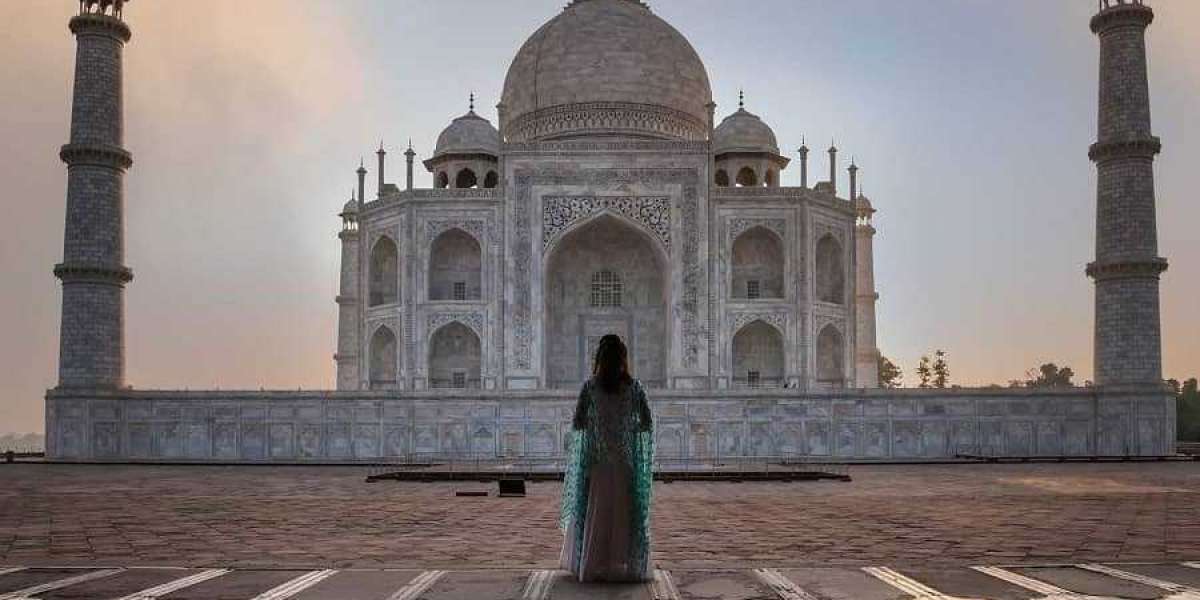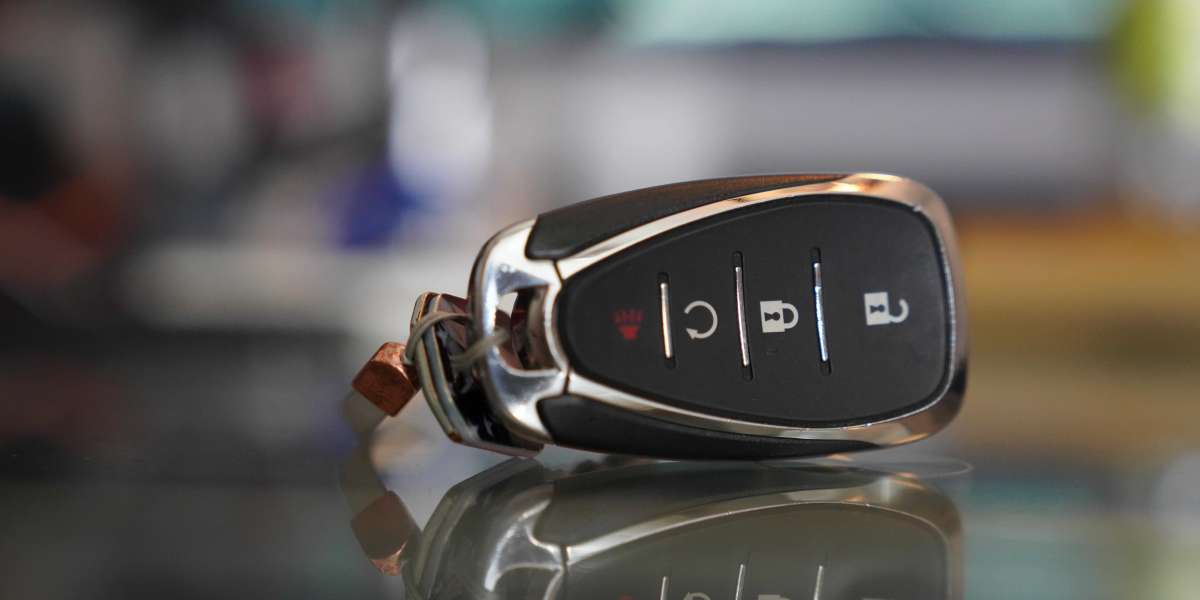The Taj Mahal stands as one of the most beautiful monuments in the world. Every year, millions of travelers come to see its white marble glow in the daylight and shine during sunrise and sunset. The monument holds a deep emotional story. Emperor Shah Jahan built it in memory of his beloved wife Mumtaz Mahal. Many people call the Taj Mahal a symbol of love, but it also reflects the beautiful Mughal art and culture of India.
If you are visiting the Taj Mahal for the first time, you may have some questions. You may wonder when to visit, how to reach, what to carry, and what things you must not miss. This guide explains everything in simple words. You will learn about timings, best entry gates, photography spots, nearby attractions, local food, and safety tips. So, let us explore step-by-step how to plan your Taj Mahal visit in a smooth, relaxed, and joyful way.
Quick Facts About the Taj Mahal
Location: Agra, Uttar Pradesh, India
Built By: Emperor Shah Jahan
In Memory Of: His wife, Mumtaz Mahal
Construction Started: 1632
Construction Completed: 1653
Architectural Style: Mughal architecture with Persian, Indian, and Islamic influences
Material Used: White marble from Makrana, precious stones, calligraphy, and garden layout
UNESCO World Heritage Site: Yes, since 1983
The Taj Mahal has perfect symmetry in its structure. The main dome attracts the eyes, but the side minarets, reflecting pool, and large gateway make the entire complex look graceful and grand.
Best Time to Visit the Taj Mahal
Weather plays a big role in your experience. A pleasant temperature and clear sky help you enjoy the white marble beauty.
Best Months
October to March: Cool and pleasant weather
November and February: Very comfortable for sightseeing
Avoid
April to June: Hot summer months
July to September: Rain may cause humidity and cloudy skies
Best Time of the Day
Sunrise: The marble turns pink and golden
Sunset: The marble glows softly in warm light
Full Moon Night: A magical experience (special ticket needed)
If you like photography, plan for early morning. The crowd stays small and the air feels fresh.
How to Reach the Taj Mahal
Agra connects well with major Indian cities by road, train, and air.
By Air
The nearest airport is Agra Airport. You can also fly to Delhi Airport, then travel to Agra by road or train.
By Train
Agra has several railway stations:
Agra Cantt
Agra Fort
Raja Ki Mandi
Many express trains run daily from Delhi, Jaipur, Varanasi, and Mumbai.
By Road
You can travel by bus, taxi, or your own vehicle.
Yamuna Expressway connects Delhi to Agra quickly. The road remains smooth and safe.
Once you reach Agra, you can use auto-rickshaws, e-rickshaws, local taxis, or app-based cabs.
Entry Gates and Their Differences
The Taj Mahal has three main entry gates.
1. East Gate
Best gate for tourists
Shorter queues compared to the west gate
Good for sunrise visits
2. West Gate
Most commonly used
Slightly longer queues, especially in the morning
3. South Gate
Close to local markets
Often used by locals
It opens later in the morning
If you want a smoother entry, choose the East Gate.
Entry Tickets and Timings
Timings
Opens 30 minutes before sunrise
Closes 30 minutes before sunset
Closed on Fridays
Tickets
There are separate ticket prices for Indian visitors and foreign visitors. Children below 15 years do not need a ticket.
You can book tickets online to skip lines. Carry a valid ID card.
If you want to enter the main mausoleum, you may pay an additional small fee. This part often stays more crowded but offers a close view of the marble carvings.
Dress Code and What to Carry
There is no strict dress code, but comfort matters a lot.
Dress Suggestions
Cotton clothes in summer
Light jacket in winter
Comfortable walking shoes
What to Carry
Water bottle (not allowed inside main mausoleum, but allowed in complex)
Cap or hat for sun protection
Sunglasses
Phone and camera
Avoid Carrying
Large bags
Food items
Drones
Sharp objects
Security checks take place at every gate, so keep your belongings simple.
Must-See Attractions Inside the Taj Complex
1. The Great Gate (Darwaza-i-Rauza)
This grand entrance creates a beautiful first impression.
2. The Main White Marble Mausoleum
The main attraction. Look closely at the carvings, inlay designs, calligraphy, and symmetry.
3. The Gardens (Charbagh Layout)
Divided into four parts, the garden gives a peaceful feel.
4. The Reflecting Pool
This long water channel creates the famous reflection view.
5. The Mosque and the Guest House
Both buildings stand on each side of the main structure.
6. The Yamuna River Viewpoint
A calm area that gives a beautiful river view and a chance to relax.
Walk slowly. Take your time. Feel the silence and calm beauty of the monument.
Best Spots for Photography
Main Gateway View: Perfect for the classic full-frame photo.
Reflecting Pool: Popular symmetrical photos.
Near the Mosque: Good for side-angle shots.
River Bank Side: Great for calm and soft shots.
Mehtab Bagh Across the River: Perfect for sunset shots of the Taj.
Sunrise Photography Tip
Reach 30 to 45 minutes before sunrise to find the best position.
Nearby Attractions to Explore
Your trip does not end with the Taj Mahal. Agra has many historic and cultural spots.
| Attraction | Distance | Why Visit |
|---|---|---|
| Agra Fort | 2 km | Red stone history and palace rooms |
| Itmad-ud-Daulah (Baby Taj) | 5 km | Early marble artwork |
| Mehtab Bagh | 4 km | Best sunset view |
| Akbar’s Tomb (Sikandra) | 10 km | Mughal art and peaceful gardens |
| Fatehpur Sikri | 40 km | Historic abandoned Mughal city |
Take half a day extra to explore at least Agra Fort and Baby Taj.
Local Food and Markets
Agra offers tasty street food and traditional Mughlai flavors.
Must-Try Foods
Agra’s Petha (sweet)
Bedai Kachori with aloo sabzi
Mughlai chicken dishes
Jalebi
Lassi
Famous Markets
| Market | Highlights |
|---|---|
| Sadar Bazaar | Leather goods, snacks, cafes |
| Kinari Bazaar | Jewelry, clothing |
| Subhash Bazaar | Sarees, fabrics |
| Taj Ganj | Souvenirs and small shops |
Walk slowly through the markets. Talk to shopkeepers. Enjoy small snacks and tea.
Safety Tips for First-Time Travelers
Stay hydrated and eat light meals while sightseeing.
Use authorized guides only.
Book tickets from official websites only.
Do not accept random offers for photos or souvenirs.
Keep your personal belongings close in crowded areas.
Respect rules inside the complex.
Avoid touching marble walls.
Plan your visit early in the morning to avoid the heat and rush.
Conclusion
A visit to the Taj Mahal stays in your memory forever. The white marble shines differently at every hour of the day. The peaceful gardens, the calm reflection in the water, the emotional love story, and the grand architecture together create a magical experience. You do not only see the Taj Mahal. You feel it. Many travelers even explore well-planned Taj Mahal Tour Packages to make their visit smooth and memorable.
Plan your visit with awareness. Know the best gates, timings, clothes, and photography spots. Take your time inside the complex. Do not rush. Let your heart absorb the beauty. The Taj Mahal welcomes everyone with the same love. Your first visit will inspire you. And you may return someday, because the Taj Mahal always feels new each time you see it.







